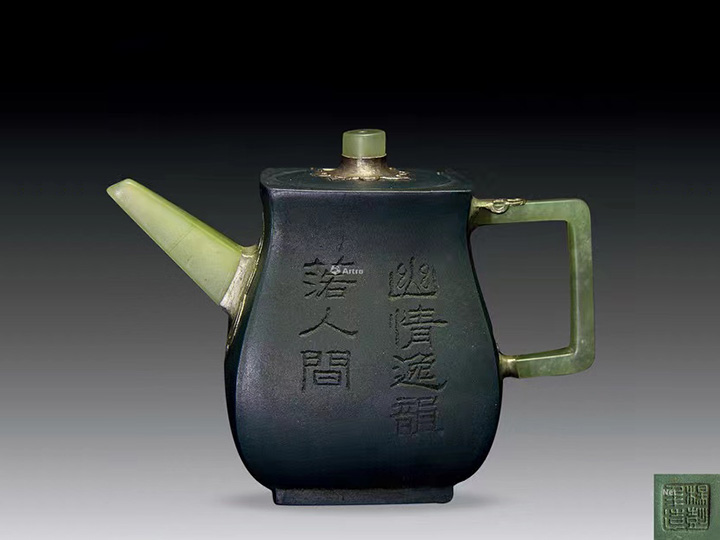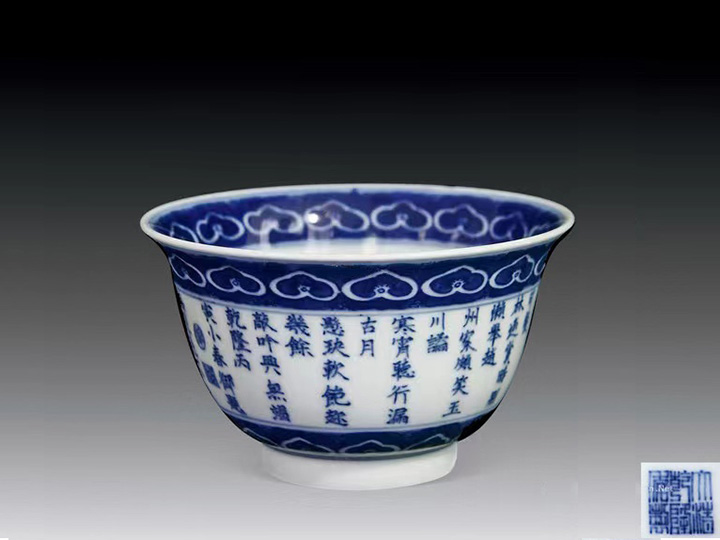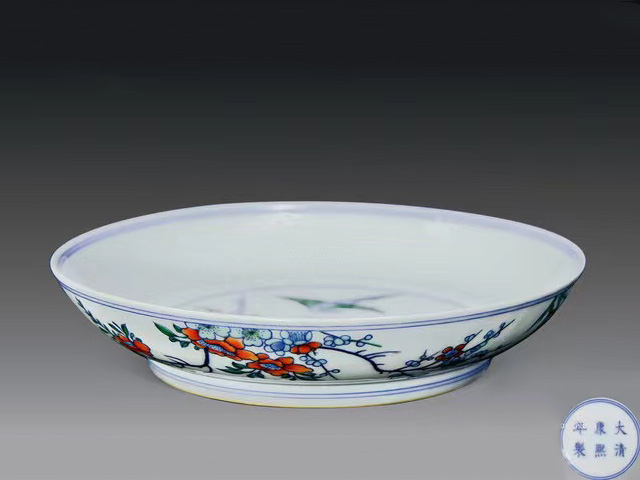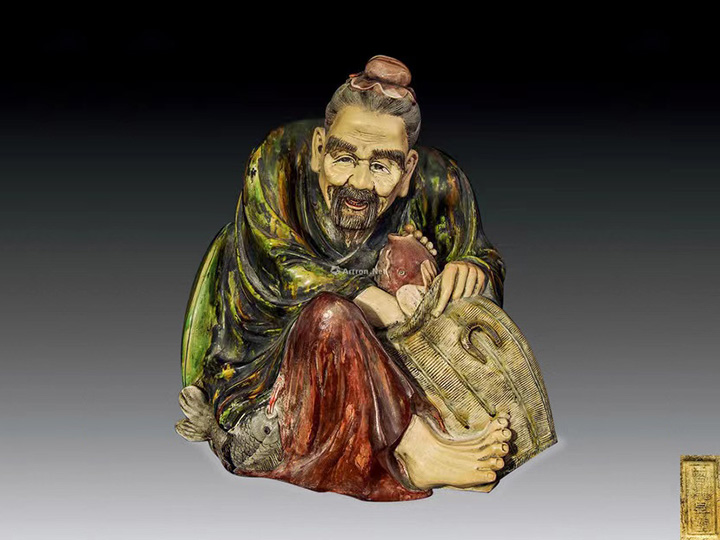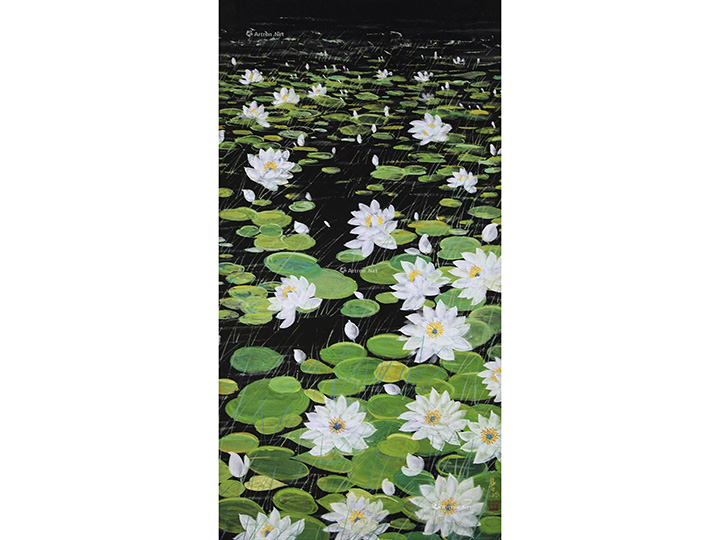The characteristics of Ge kiln porcelain throughout history.
- 2020-09-27
- 105 Views
The basic characteristics of Song Yuan Ge kiln are (1) black body; (2) Purple mouth iron foot; (3) Golden wire and iron wire; (4) Song Dynasty vessel type; (5) Bubbles are as dense as beads; (6) The glaze is opaque and opaque, with colors of powder blue, moon white, gray blue, and green yellow over the years.
The basic characteristics of Song Yuan Ge kiln are (1) black body; (2) Purple mouth iron foot; (3) Golden wire and iron wire; (4) Song Dynasty vessel type; (5) Bubbles are as dense as beads; (6) The glaze is opaque and opaque, with colors of powder blue, moon white, gray blue, and green yellow over the years.
Song Longquan Ge Kiln
The basic characteristics of Song Yuan Ge kiln are (1) black body; Substitute type: (2) The density of bubbles is to accumulate beads;
Non black tire Songge kiln
Purple mouth iron foot; Jinsi Qinxian; The Song glaze color band has the characteristics of Longquan celadon - most of which were collected by the Ming and Qing dynasties from the people. The basic features are: (1) dark gray, light gray, earthy yellow and other body colors; (2) Purple mouth iron foot; (3) Golden wire and iron wire; (4) The glaze is opaque opaque glaze, and the glaze color is powder.
Yuange Kiln
Song Dynasty vessel type; Bubbles are as dense as beads; There are various types of moon white, gray blue, and green yellow.
Yuan Dynasty porcelain was generally rough, with thick and loose porcelain bodies. The imitation Ge kiln products have a rough and heavy body, with a loose and grayish yellow color, and even small objects lack the ability to bend. Glazed decorations are mostly light gray white (moon white), with thin enamel, cloudy and dull, appearing as if the fire is not enough and contains some impurities. The glaze surface is not uniform and clean. The cracks are small and scattered, and the color tone is not clear, lacking the natural and orderly effect of Song Ge's opening. There are relatively few types of utensils, mainly including cauldrons, fish ear stoves, plates, and gall jars.
The excavation of the remains of the Tiger Cave in Hangzhou was carried out in 1996. The remains of the Tiger Cave can be divided into three periods: the Southern Song Dynasty, the early Yuan Dynasty, and the late Yuan Dynasty. The remains from the Southern Song Dynasty are from the Xiu Nei Si Guan kiln, while the main remains from the early and late Yuan Dynasty are still products that resemble the appearance of official kiln porcelain, indicating that the Laohudong kiln site continued to produce imitations of official kilns during the Yuan Dynasty. In the remains of the late Yuan Dynasty, there is a type of artifact that is similar to a certain ancient Ge kiln. Scientific measurements conducted by the research institute have shown that its chemical composition and microstructure are the same as those of the ancient Ge kiln. So there are light gray, dark gray, and black colors for the body, and blue gray, pink blue, and sky blue colors for the glaze.
In the early Ming Dynasty, imitating Ge kiln
The imitation of Ge kiln porcelain in the early Ming Dynasty is similar to that of the Yuan Dynasty, as seen in the Ge kiln double ear long necked vase unearthed from Mu Ying's tomb during the Ming Hongwu period in Nanjing. The body color is gray yellow, the quality is not firm and fine, the glaze is moon white, the glaze is thin and lacks luster, and it is opened in small pieces with a eggplant purple coating on the mouth.


